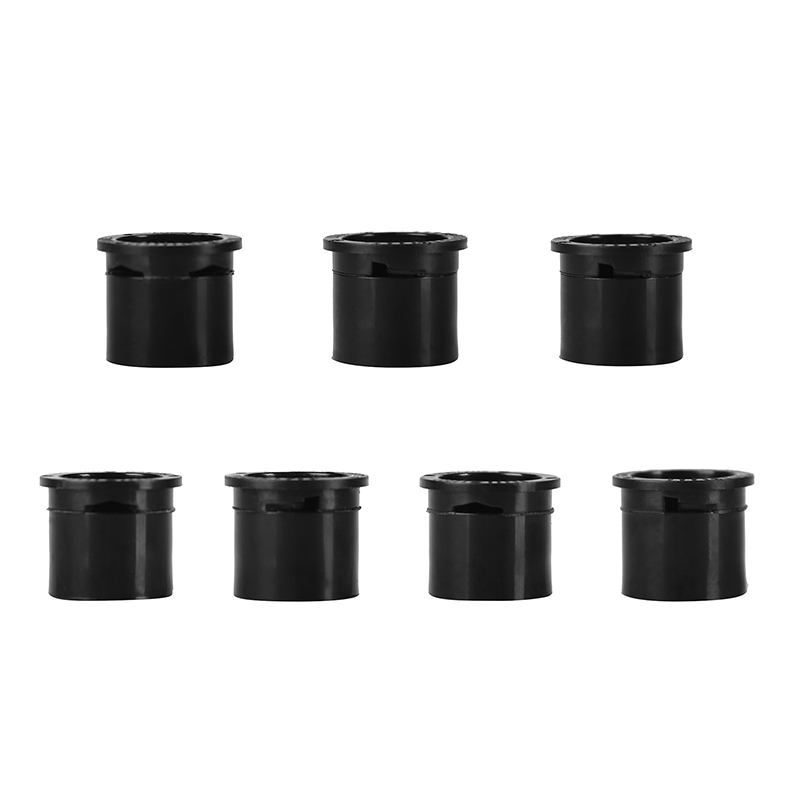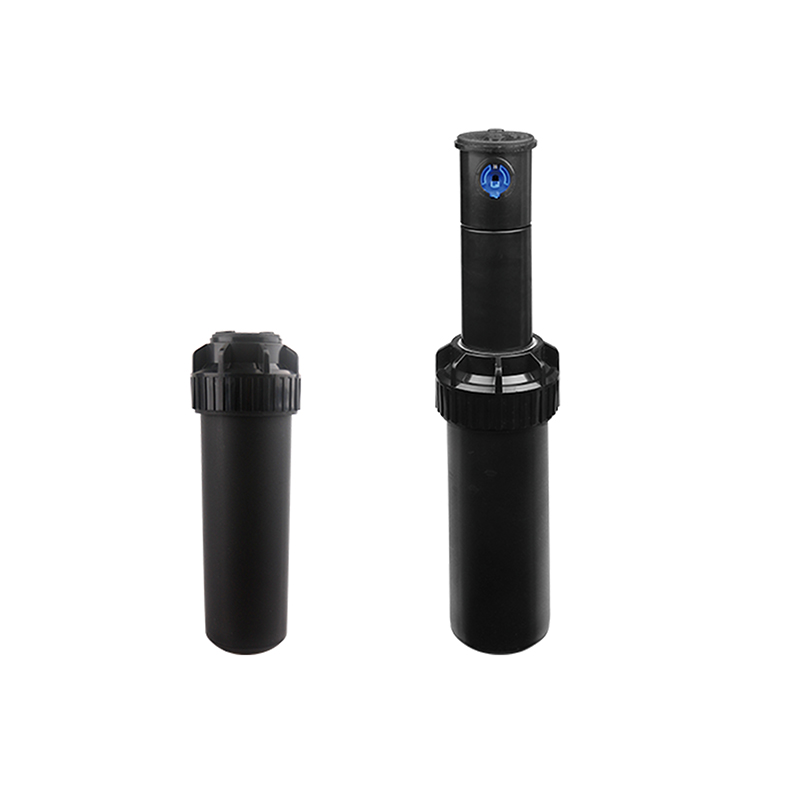How to achieve uniform coverage of sprinkler irrigation system
The key to achieving uniform coverage of irrigation lies in advanced sprinkler head design, precise control of water pressure and flow, the application of automated control systems, and regular maintenance and calibration of the system. Together, these measures ensure that the sprinkler irrigation system can provide efficient and uniform irrigation services under different conditions.
Sprinkler design and layout: The sprinkler head in the sprinkler irrigation system is a key component, and its design directly affects the uniform coverage of water. The advanced sprinkler head design ensures that the water flow is evenly distributed on the farmland in the form of raindrops. Reasonable layout and arrangement of sprinklers, taking into account the planting density of crops and the shape of the land, ensure that each piece of land receives the appropriate amount of moisture.
Water pressure and flow control: Sprinkler irrigation systems achieve uniform irrigation by controlling the pressure and flow of water. Ensure that the water pressure in the system is stable and the flow is evenly distributed to avoid excessive or insufficient water in certain areas due to uneven water pressure. This can be achieved through the use of high quality control valves, speed regulators and other equipment.
Automated control system: The advanced sprinkler irrigation system is equipped with an automated control system that can intelligently adjust the strength of the water flow and the spraying range based on real-time data such as soil moisture, crop water demand, and meteorological conditions. This ensures the system can dynamically adjust irrigation based on actual demand for optimal even coverage.
Rotating sprinkler technology: Some sprinkler irrigation systems use rotating sprinkler technology, which uses the movement of the rotating sprinkler head to achieve even coverage of irrigation. This technology can cover a larger area while adjusting the water volume through different rotation speeds to adapt to changes in water demand in different areas.
Avoid dead corners: The sprinkler irrigation system needs to be designed to avoid dead corners and ensure that the water flow covers every corner. By rationally planning the shape of the irrigation area and the layout of the sprinklers, we avoid dead spots due to terrain or equipment layout, ensuring that the entire farmland is evenly covered.
Regular maintenance and calibration: Sprinkler irrigation systems require regular maintenance and calibration to ensure proper operation of the system and effectiveness of the sprinkler heads. Clearing clogged sprinkler heads and checking system seals and stability are critical steps in maintaining even coverage.
Adaptability: Taking into account the growth cycles and changes in water needs of different crops, the sprinkler irrigation system should have the ability to adapt. According to the growth stage of the crop and the characteristics of the land, the parameters of the sprinkler irrigation system are adjusted to achieve uniformity of irrigation.
G Type Refractive Atomizing Micro Sprinklers are a type of irrigation equipment that is widely used in agriculture, landscaping, and gardening. G Type Refractive Atomizing Micro Sprinklers feature a refractive atomizing design that produces a fine mist of water droplets. The water droplets are refracted by the sprinkler, resulting in uniform distribution across the area being irrigated. This design ensures that water is distributed evenly, reducing water waste and the risk of crop damage.



 中文简体
中文简体 English
English










.jpg)




